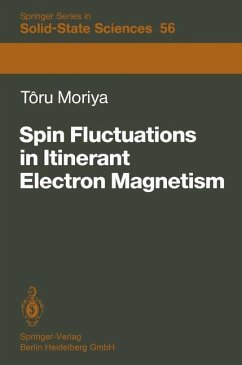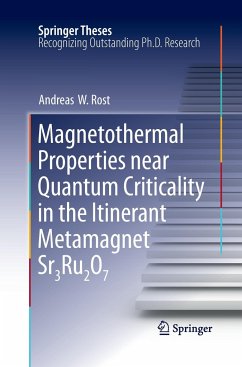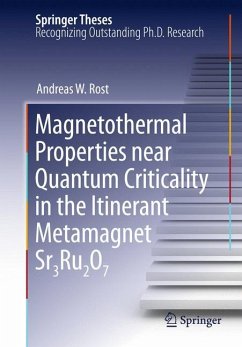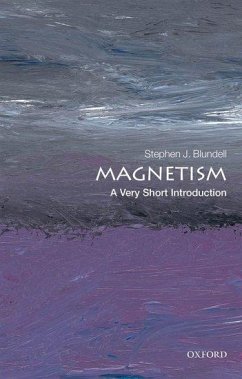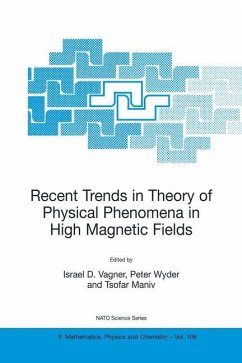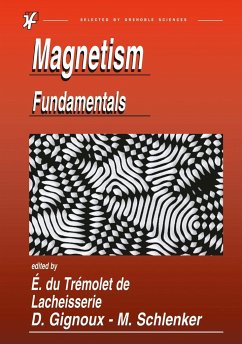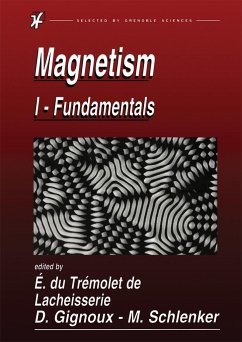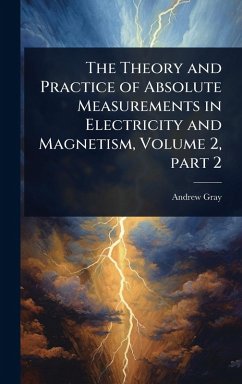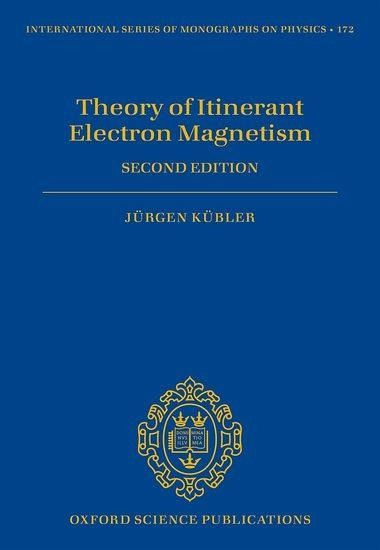
Theory of Itinerant Electron Magnetism
Versandkostenfrei!
Versandfertig in über 4 Wochen
156,99 €
inkl. MwSt.
Weitere Ausgaben:

PAYBACK Punkte
78 °P sammeln!
The book, in the broadest sense, is an application of quantum mechanics and statistical mechanics to the field of magnetism. It can be used for parts of a specialized course on material properties or solid-state physics and magnetism.




